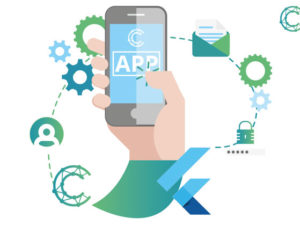
The 3 properties of the Blockchain
Blockchain is a trust system made possible by technology by removing the human factor, which is always the weak link.
This trust needed within a Blockchain network is made possible by three key characteristics inherent in the technology in question:
– Decentralisation
– Immutability
– Distribution
For each of these three properties of the Blockchain, it is possible to imagine some examples of specific use cases.
Decentralisation
The Blockchain ledger is shared among multiple participants. This ensures transparency between participants in the Blockchain network nodes without the need to have a central authority controlling it Decentralised trust: all Blockchains are trusted services, this trust does not only apply to transactions but extends to data, services, processes, identities, business logic, terms of an agreement or physical objects.
It applies to almost anything that can be digitised as a (smart) asset with an intrinsic or related value
Decentralised infrastructure: Blockchain can also be seen as a software design approach that binds together a number of computers that commonly obey the same ‘consensus’ process to release or record information they hold, and where all related interactions are verified by cryptography.
Decentralised database: Blockchain destroys the paradigm of current proprietary databases. A Blockchain is like a place where you store semi-public data in a space. Anyone can verify that you put that information there, because the container has your signature, but only you can securely unlock what is inside the container, because only you have the private keys to that data.





